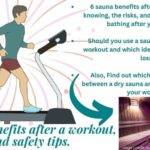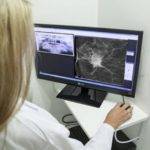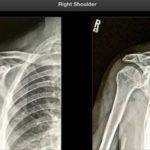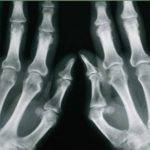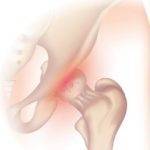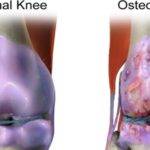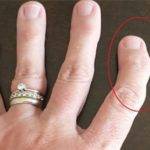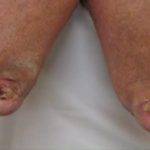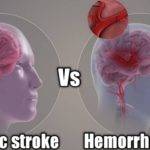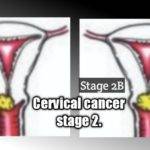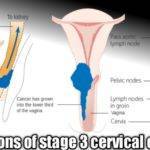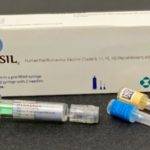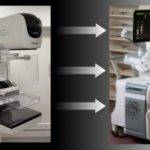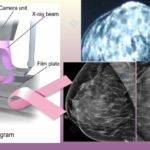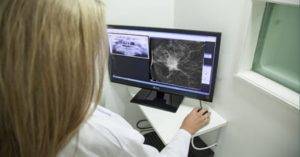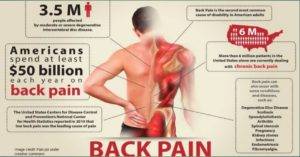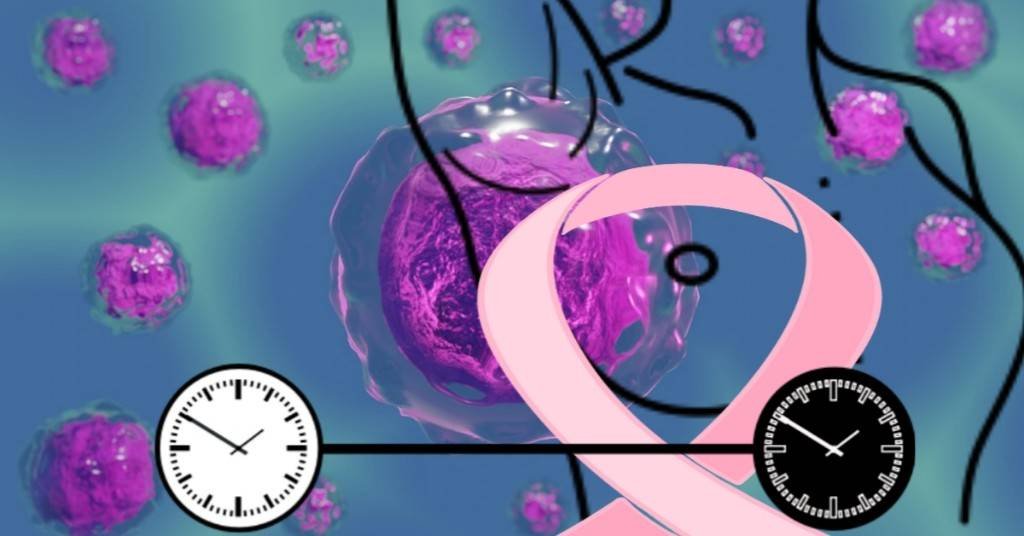
Has someone ever walked up to you to ask the question, How long does a mammogram take, and you weren’t sure what to reply?
How long a mammogram takes is something any lady of the age for it would want to know. In a fast-paced world, time is of the essence in everything.
A mammogram, like any other diagnostic procedure that involves radiation exposure, is not something that takes a great deal of time once you can find one near you.
The British National Health Service (NHS), advises you to make out up to 30 minutes of your time for the entire process. However, the actual screening, may not take more than 10 minutes while exposure to low-dose radiation is not expected to last beyond a couple of seconds.
The estimated length of time varies according to source but oftentimes you may spend 10-15 minutes. Whether you spend more or less time in general, depends on several factors which I will enumerate here.
18 Factors that determine how long a mammogram takes.
- The presence of implants: The American Society of Plastic Surgeons has described various types of implants in use. Any of these, if present during mammography could add to the time you may spend during the procedure. One of the reasons is that they may significantly increase the chances of having images that are not clear enough. When this happens, you may have to repeat the process for a more readable or clearer mammogram.
- Type of clothes: What you wear on the day of your mammography matters. It is advised you wear shirts you could easily take off and put back on, rather than gowns or very tight-fitting clothes. What you wear will definitely determine the time you will spend undressing and dressing back up.
- Length of time spent in the waiting room: Unfortunately, this is not something anyone can help but even on a very busy workday at the hospital you may not wait for long. Fortunately, in a world of smartphones, you may not even feel a long wait once you are chatting away on social media.
- Time, taken to fill out the examination questionnaire: People differ in their speed of reading, writing, and comprehension. This is entirely up to you but you do not want to do this hurriedly to avoid mistakes.
- Time, taken to correctly position your breast on the mammogram machine: Your level of understanding, fears, and cooperation have a lot to do with this.
- Level of experience of the technologist or mammographer: You can expect a more experienced mammographer will spend less time getting things into place than someone comparatively new on the job. Her experience can also be deployed to allay your concerns and fears.
- Cases of repeat mammography: This happens when the mammogram is not clear enough. Improper breast positioning and other factors already listed or yet to be listed could result in this.
- Time, taken to relate your concerns to the Radiologist and or, mammographer. Usually, it’s advised you share your concerns or experiences, if any, with your Radiologist or mammographer. In some cases, this could be vital in the outcome of your mammogram report and even the handling of the process. Well, the time you spend doing this will definitely impact how long the entire process lasts.
- Your previous experience with mammogram screening: One who has been going for mammograms, will already be familiar with the procedure. This could quicken the process especially if it is done in the same hospital she had been using.
On the contrary. A lady who had had quite an awful experience in a previous screening may struggle with cooperation.
We love to keep in touch. Signup for our newsletter:
- Presence of impairment or physical disability: If for any reason one cannot communicate (deaf, dumb, or both) and needs a third party, this may lengthen the process.
- Your make-up and perfumes: If going for a mammogram, a guideline is the avoidance of certain substances that may affect the image. This includes things like powder, deodorants, perfumes, etc. On that note, failure to adhere to this guideline and any of these substances are found around the breast, the extra time you may have to spend doing some clean-ups may be the only option.
- Language barrier: If you don’t understand the language spoken at the center for your mammogram. The story may not be so different from someone who is actually deaf and dumb. In order not to let this add so much to your time, It may be advisable you go with an interpreter.
I have had quite several such scenarios with patients who walked into my consulting room alone without understanding a word of English. Till an interpreter shows up, what plays out is a live demonstration of confusion as neither of us understood the sign language.
- Your company: If as a mother you show up with a child who needs constant attention, the resulting distraction may add to your time. Additionally, do not expect to be screened if you are pregnant or breastfeeding a baby.
- Presence of symptoms: If for any reason your breast is a little tender and you are not on any pain reliever, you are advised to take care of the pain first. An already existing breast pain will increase your reluctance to have them compressed for a mammogram which may translate to longer timing. Furthermore, if you are showing suspicious symptoms that may warrant switching from the routine screening mammogram to a diagnostic mammogram which takes a little bit more time.
- Pieces of jewelry: They make you look glamorous but if you are not willing to spend a bit of extra time removing and wearing them back in the process of a mammogram screening, just consider not looking so gorgeous that day. Some even have jewelry fixed to their nipples. Well, there is nothing wrong with having glamorous breasts but the nipples are the worst places to have them in a mammogram test.
- Dense breasts: This is one additional reason why the process could be repeated as breast density increases the likelihood of dissatisfaction with a mammogram as they obscure tumors in a mammogram of breast cancer. When this happens, the process is repeated which invariably lengthens the time.
The American Cancer Society (ACS)discussed the topic of breast density in greater detail.
- Type of Mammogram: There are basically two types of mammograms. The Diagnostic mammogram is known to take a little bit more time as extra effort is expended in investigating your symptoms.
- Type of Digital Imaging: This could be either 2-dimensional(2-D imaging) or 3-dimensional imaging which is also called Digital Breast Tomosynthesis. The latter required more images which may take a little bit of extra time but usually not more than a few extra seconds.
Quite on the contrary, digital breast tomosynthesis could reduce the time you may spend having a mammogram. This is because, as a better imaging technique, it reduces the chances of having a repeat mammogram resulting from blurring. Even with dense breasts, it gives a more satisfying mammogram.
Though the same machine could do both the 2-D and 3-D mammograms, there are notable differences between the two.
Differences between 2-dimensional and 3-dimensional digital imaging techniques:

- 3-D results in far fewer false positives than 2-D.
- With 2-D, structures shown in the mammogram may get superimposed (laid over each other) but 3-D very much removes this phenomenon.
- 3-D could reveal breast cancer that will be missed in a 2-dimensional digital image.
- Unlike 2-D, your Radiologist may struggle with reading a 3-D image without special training.
- 3-D takes a few seconds longer.
- Additionally, a 3-D may mean exposure to more radiation but this shouldn’t be a cause for concern as the doses are considered safe besides, it has clear advantages in screening dense breasts for cancer.
- For someone with dense breast tissue, 3-D could enable your doctor to view beyond places of density
There is ongoing research by the National Cancer Institute on these two digital imaging techniques employed in mammogram screening for breast cancer. The research that aims to establish more comparative facts between the two technologies may not be completed earlier than 2025.
With this information, I hope you not only know how long your mammogram takes but also how to better avoid situations that will make it longer.
Do you have anything to add going by your experience in a mammogram screening? I’d like to hear it.
You may also want to know how painful mammography can be or calcium deposits in the breasts.



















